
The Aechmeas are traditional Bromeliads, with the Urn Plant or Silver Vase Plant being one of the most popular and well known. It has leathery tough arched leaves, blotched silver and sea green that overlap into a rosette forming a watertight “vase” or “urn” which gives rise to its common name.
Generally speaking Bromeliads are desirable because of the exotic and tropical looking flowering bract that they produce, this is also true of Aechmeas, especially the Urn Plant. When it reaches maturity (after several years) it will send out a bract which gradually turns bright pink, over a long period of time a series of tiny blue flowers then take it in turn to open, in good situations the flowering bract will last for up to six months.
It’s very rewarding to grow a young offset to the flowering stage and in many cases worth the time and effort, although it’s still much more common to purchase a flower already in bloom.
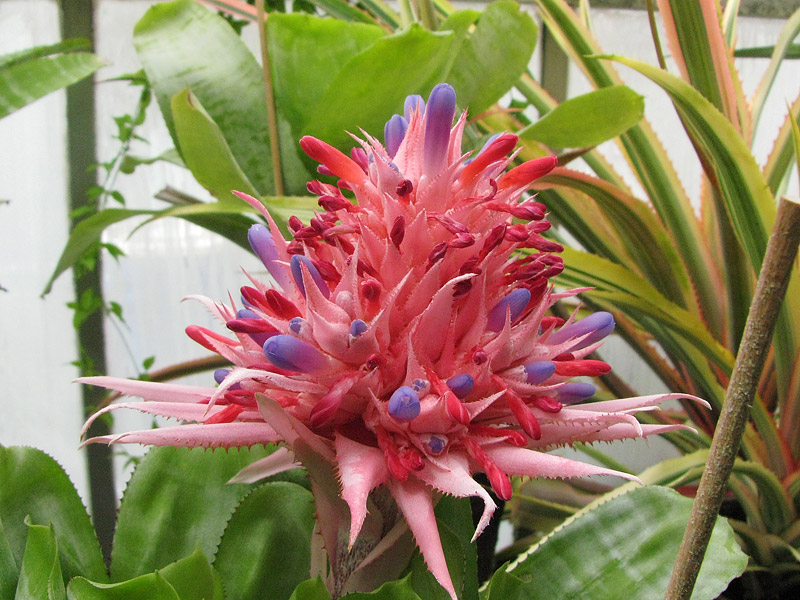
Before you rush out to buy your own Urn Plant, we’re going to be party poopers and tell you the draw backs of this plant. Firstly it takes around five years before it starts to flower and therefore they can be expensive to buy. Secondly after flowering has finished the plant will start to lose vigor and will eventually die. Yes you read that right, they die. There is no repeat flowering with many Bromeliads instead they live on either through the seeds they create (not a viable option for the average owner), or by the several offsets the mature plant produces.
Urn Plant Care Instructions
Light
Bright indirect sunlight is required, more so if you are attempting to grow the plant to flowering stage. Avoid exposure to direct sunlight or you risk scorching the leaves and permanently ruining the plant’s appearance.
Watering
Be careful not to over water an Urn Plant at any time. Keep the central vase filled with water, emptying and refill every couple of months. The vase is the central container from which the flower bract emerges from (see picture right).
If the vase is filled then you only need to water the compost when it dries out, otherwise maintain moist soil conditions.
Humidity
Mist the leaves occasionally during warm months. Otherwise humidity is not important in standard homes. If you have very dry air you will need to mist more often to keep the leaves looking their best.
Feeding
Provide a feed to the soil (never the vase) once in Spring and again in late Summer. You can also feed more regularly if you prefer to do this, but using a much weaker solution.
Temperature
If given a choice Urn Plants prefer warmer conditions, but they’re not especially fussy about temperature. 15°C – 21°C / 59°F – 70°F.
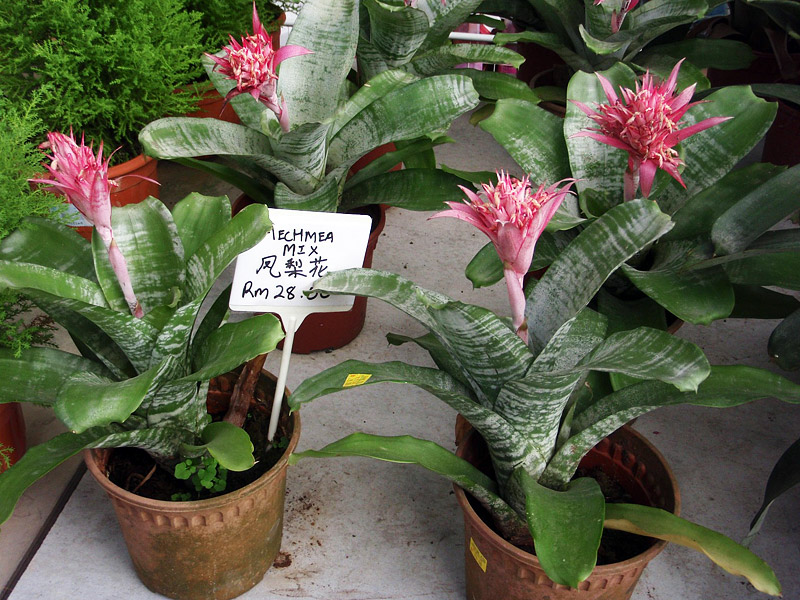
Repotting
If you buy a plant already in flower there will be no need to repot at all. If you are growing a young offset, repot and upsize the pot each spring.
Propagation
As the adult plant starts to end it’s flowering cycle offsets will appear around the base. Once the flowering bract and the adult plant starts to decline you can remove the offsets, trying to retain some of their roots. Pot up into a small pot using normal compost and treat just as you did the adult plant.
Speed of Growth
The speed of growth for Urn Plants is normally slow growing.
Height / Spread
The final height will be around 70cm / 28in and the spread 60cm / 2ft.
Flowers
Yes. Although it’s the flowering bract which is the show stopper, the true flowers are actually very small and short lived. They are normally blue and cautiously poke out of the bright pink flowering bract so they can be hard to spot at a causal glance. It’s usual to buy Urn Plants already at flowering stage, however if you are growing a young plant, you can expect them to appear once it’s about five years old.
Please follow us on Facebook Page and enjoy our collection of recipes, crafts, fitness, health tips, gardening, DIY and more…
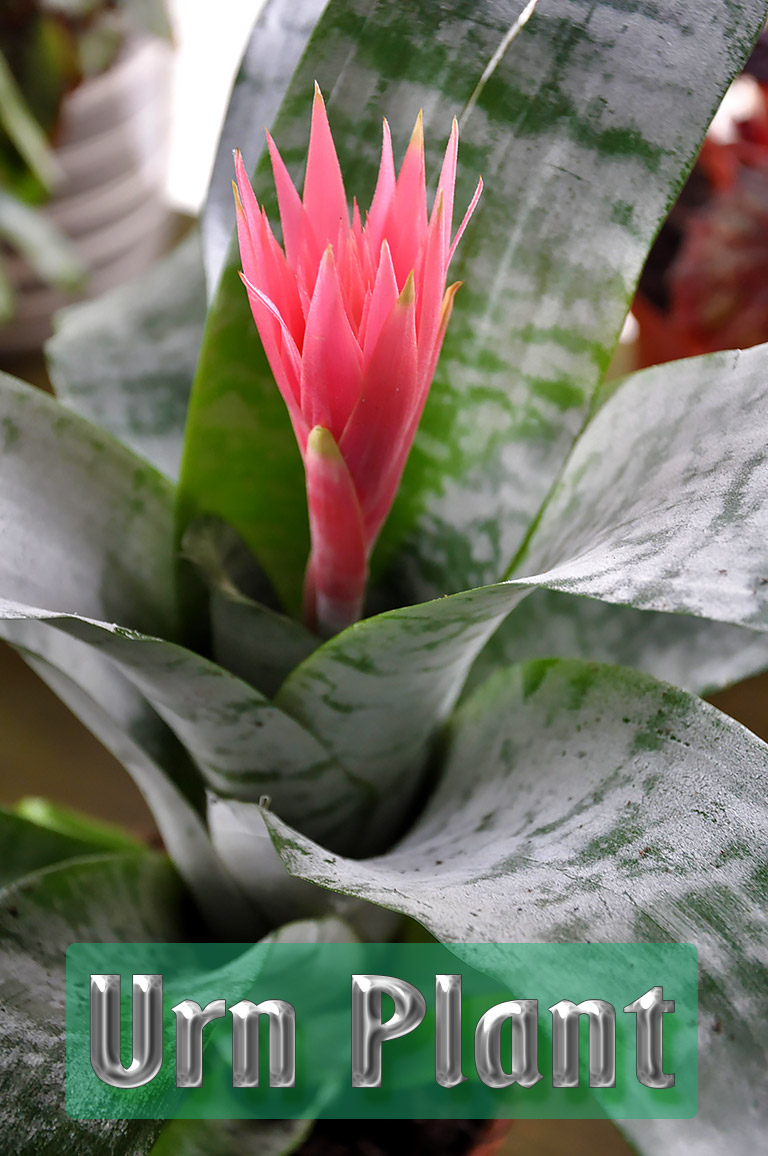

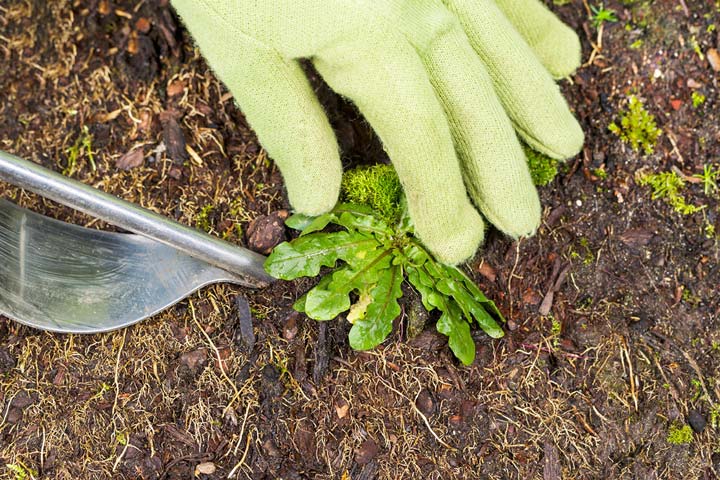

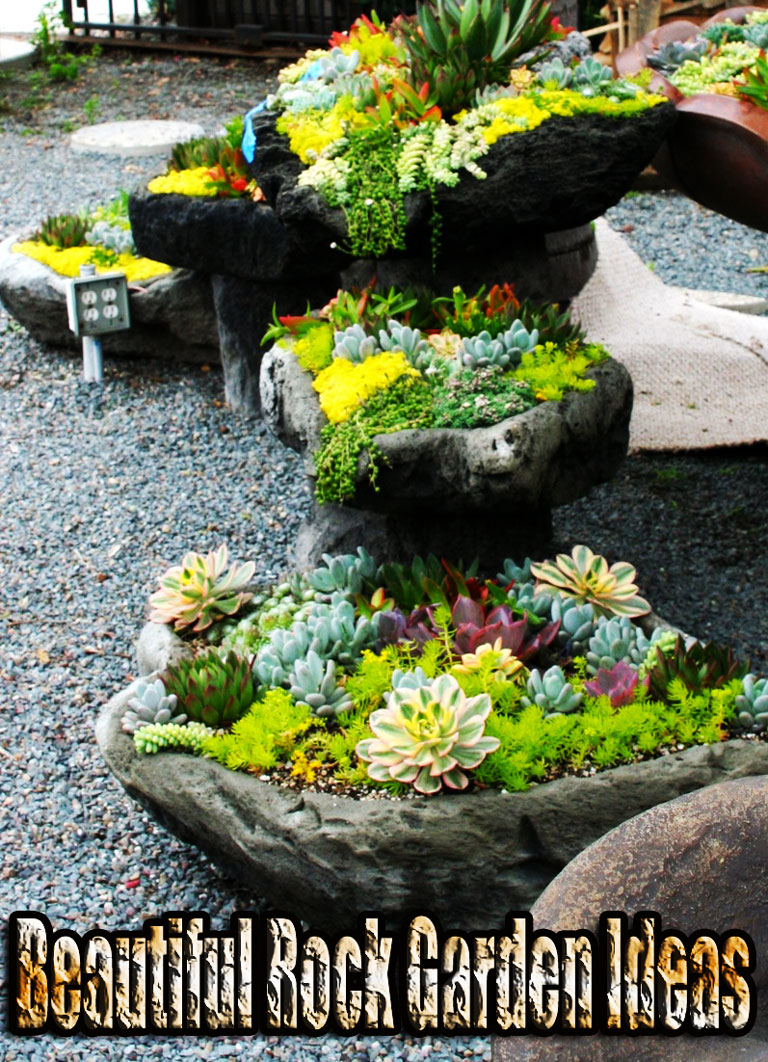
Leave a Reply